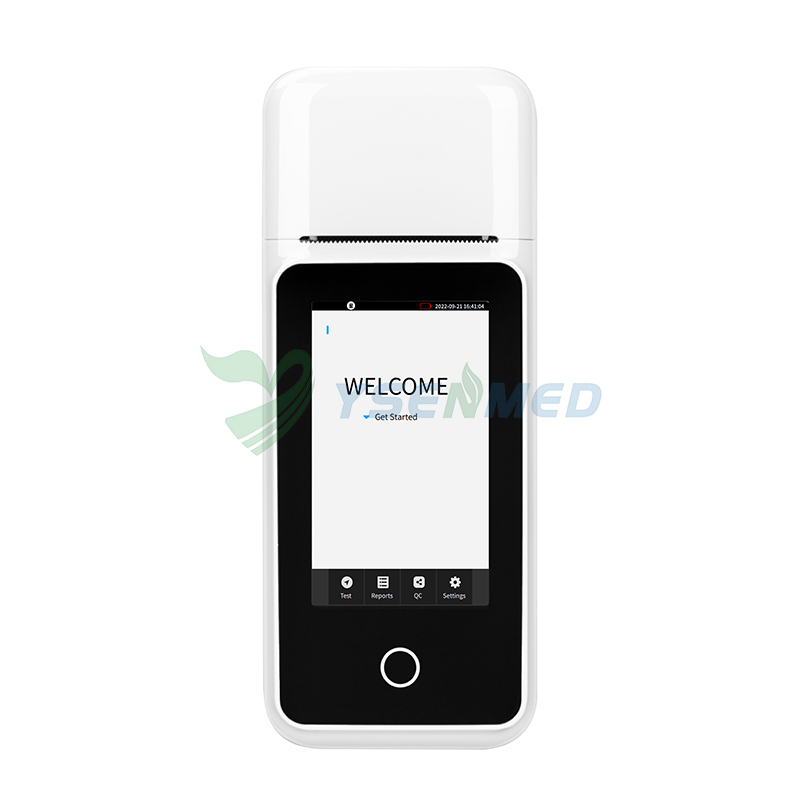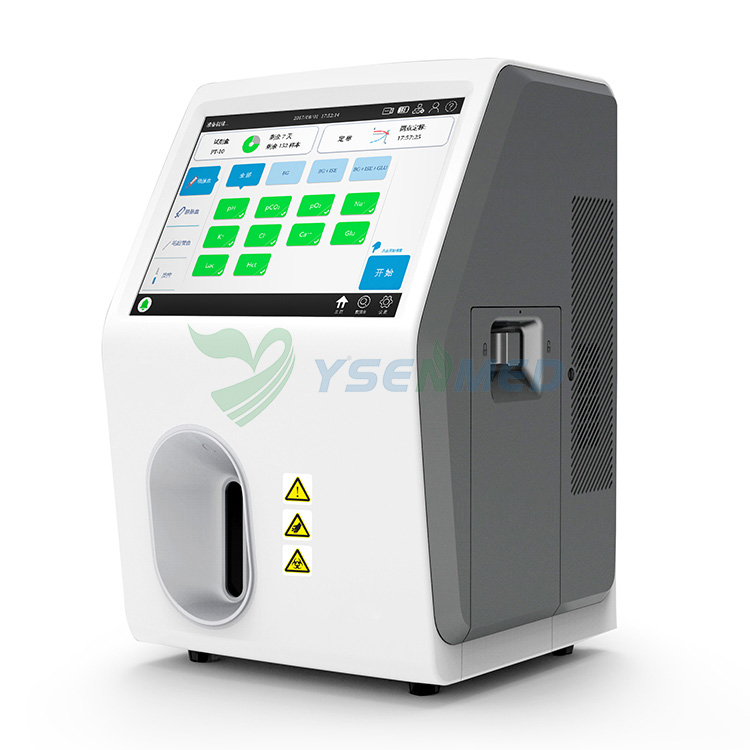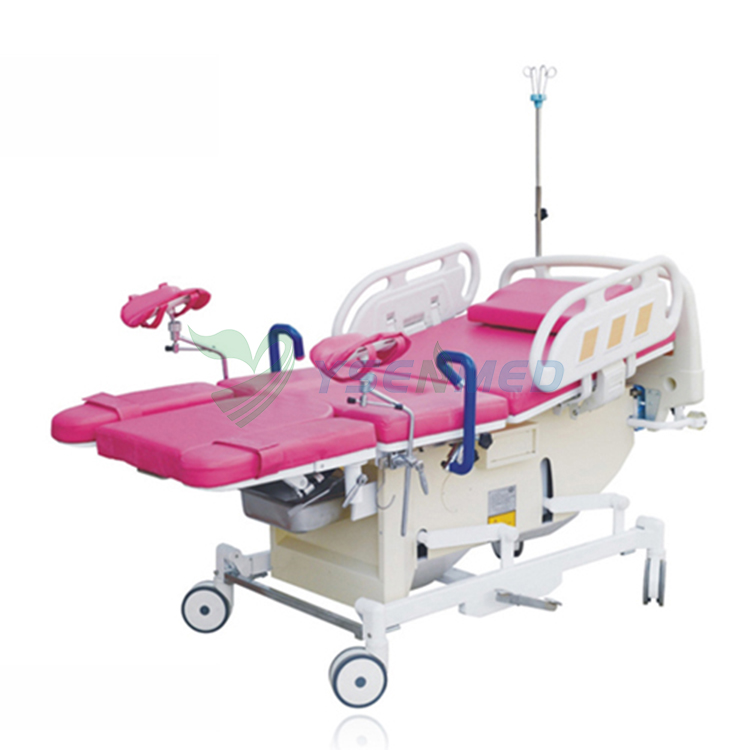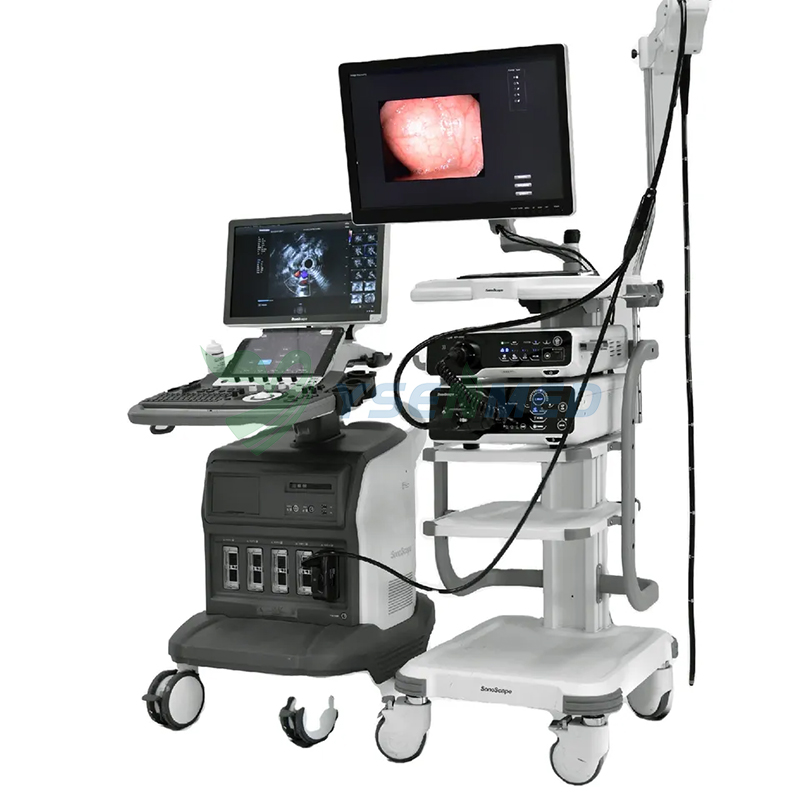Title: Unveiling the Advantages of Wireless Portable Flat Panel Detectors in Modern Healthcare
Introduction:
In the ever-evolving landscape of healthcare technology, the integration of
wireless portable flat panel detectors has emerged as a game-changer. These advanced imaging devices offer a plethora of benefits, revolutionizing diagnostic procedures and enhancing patient care. In this comprehensive guide, we delve into the myriad advantages of these cutting-edge detectors and their profound impact on the healthcare industry.
Evolution of Imaging Technology:
Historical Perspective: Brief overview of traditional imaging techniques and their limitations.
Emergence of Digital Radiography: Introduction of digital radiography and its transformative effects on medical imaging.
Transition to Portable Flat Panel Detectors: Evolution from conventional radiography to portable flat panel detectors, emphasizing the shift towards wireless and portable solutions.
Understanding Wireless Portable Flat Panel Detectors:
What Are They?: Definition and basic principles behind wireless portable flat panel detectors.
How Do They Work?: Explanation of the functioning mechanism, including image acquisition and transmission.
Types of Detectors: Overview of different types of detectors available in the market and their specific applications.
Advantages in Diagnostic Imaging:
Enhanced Mobility: Portability facilitates imaging in diverse clinical settings, including bedside examinations and emergency scenarios.
Improved Workflow Efficiency: Streamlined workflow due to wireless connectivity and rapid image acquisition, leading to faster diagnosis and treatment.
Superior Image Quality: High-resolution images with enhanced clarity and contrast, aiding in accurate diagnosis and treatment planning.
Dose Reduction: Utilization of advanced technologies such as dose modulation and optimization, minimizing radiation exposure to patients and healthcare professionals.
Flexibility in Positioning: Versatility in detector positioning enables imaging in challenging anatomical regions and unconventional patient positions.
Impact on Patient Care:
Enhanced Patient Comfort: Reduced examination time and improved ergonomics contribute to a more comfortable patient experience.
Timely Diagnosis and Treatment: Expedited imaging processes enable prompt diagnosis, facilitating timely initiation of treatment protocols.
Precision in Surgical Interventions: High-quality images aid surgeons in planning and executing precise surgical procedures, minimizing risks and improving outcomes.
Integration with Healthcare Systems:
Compatibility with PACS: Seamless integration with Picture Archiving and Communication Systems (PACS), ensuring efficient storage, retrieval, and sharing of digital images.
Interoperability with EHR: Integration with Electronic Health Records (EHR) streamlines data management and enhances accessibility to patient information across healthcare facilities.
Telemedicine Applications: Facilitation of remote consultations and telemedicine services through the transmission of digital images over secure networks.
Future Directions and Challenges:
Technological Innovations: Exploration of ongoing research and development initiatives aimed at further enhancing the capabilities of wireless portable flat panel detectors.
Regulatory Compliance: Adherence to regulatory standards and guidelines governing the use of medical devices, ensuring patient safety and data security.
Cost Considerations: Evaluation of the economic implications associated with the adoption of wireless portable flat panel detectors, including initial investment, maintenance costs, and return on investment.
Conclusion:
The advent of wireless portable flat panel detectors represents a significant milestone in the evolution of diagnostic imaging technology. With their myriad benefits ranging from enhanced mobility and workflow efficiency to superior image quality and patient comfort, these advanced devices are poised to revolutionize healthcare delivery. As we continue to embrace innovation and harness the potential of digital radiography, the future of healthcare holds promise for improved diagnostic accuracy, streamlined workflows, and enhanced patient outcomes.
Case Studies and Success Stories:
Real-world examples showcasing the practical applications and benefits of wireless portable flat panel detectors in various healthcare settings.
Case study highlighting the impact of these detectors on patient care outcomes, workflow efficiency, and overall healthcare delivery.
Training and Education:
Importance of comprehensive training programs for healthcare professionals to effectively utilize wireless portable flat panel detectors.
Integration of these devices into medical education curricula to familiarize students with advanced imaging technologies and their clinical applications.
Patient Education and Engagement:
Role of patient education in promoting awareness and understanding of diagnostic imaging procedures involving wireless portable flat panel detectors.
Strategies for engaging patients in shared decision-making and addressing concerns related to radiation exposure and imaging safety.
Global Adoption and Market Trends:
Examination of the global adoption trends and market dynamics driving the proliferation of wireless portable flat panel detectors in healthcare.
Analysis of key market players, technological advancements, and strategic collaborations shaping the future of this segment.
Regulatory Landscape and Compliance:
Overview of regulatory frameworks governing the development, manufacturing, and usage of wireless portable flat panel detectors in different regions.
Compliance requirements related to quality assurance, radiation safety standards, and data privacy regulations.
Continuous Improvement and Innovation:
Emphasis on the importance of ongoing quality assurance protocols and performance optimization strategies to ensure the reliability and effectiveness of wireless portable flat panel detectors.
Collaboration between healthcare providers, manufacturers, and regulatory agencies to drive innovation and address evolving healthcare needs.
Conclusion:
As healthcare continues to evolve in the digital age, wireless portable flat panel detectors stand out as indispensable tools for enhancing diagnostic accuracy, improving workflow efficiency, and ultimately, advancing patient care. With their versatility, mobility, and superior imaging capabilities, these innovative devices are poised to play a pivotal role in shaping the future of medical imaging. By embracing a holistic approach that encompasses training, education, patient engagement, regulatory compliance, and continuous innovation, healthcare stakeholders can harness the full potential of wireless portable flat panel detectors to deliver high-quality, patient-centered care in an ever-changing landscape.
Addressing Challenges and Limitations:
Identification and mitigation of challenges associated with the adoption and integration of wireless portable flat panel detectors in healthcare settings.
Strategies for addressing technical issues, workflow disruptions, and user training gaps to optimize the utilization of these devices.
Environmental Impact and Sustainability:
Evaluation of the environmental footprint associated with the production, usage, and disposal of wireless portable flat panel detectors.
Implementation of sustainable practices, such as energy-efficient design, materials recycling, and responsible disposal, to minimize environmental impact.
Patient Privacy and Data Security:
Importance of safeguarding patient information and ensuring compliance with data privacy regulations in the context of digital imaging technologies.
Implementation of robust cybersecurity measures, encryption protocols, and access controls to protect sensitive medical data transmitted via wireless networks.
Patient-Centered Design and User Experience:
Integration of human factors engineering principles and user-centered design approaches to optimize the usability and ergonomics of wireless portable flat panel detectors.
Collaboration with healthcare professionals, patients, and design experts to refine device interfaces, controls, and accessories for enhanced user experience.
Telehealth and Remote Monitoring Applications:
Expanding the scope of wireless portable flat panel detectors beyond traditional diagnostic imaging to support telehealth consultations, remote monitoring, and virtual care delivery.
Leveraging wireless connectivity and digital imaging capabilities to facilitate real-time collaboration between healthcare providers and patients across geographical barriers.
Economic and Societal Impact:
Assessment of the economic implications and societal benefits associated with the widespread adoption of wireless portable flat panel detectors in healthcare.
Analysis of cost-effectiveness studies, reimbursement models, and healthcare resource allocation strategies to optimize the value proposition of these devices.
Conclusion:
In conclusion, the integration of wireless portable flat panel detectors represents a paradigm shift in diagnostic imaging technology, offering unprecedented mobility, flexibility, and efficiency in healthcare delivery. While challenges and limitations persist, the transformative potential of these innovative devices cannot be overstated. By addressing technical, regulatory, and societal considerations in a holistic manner, healthcare stakeholders can harness the full benefits of
wireless portable flat panel detectors to improve patient outcomes, enhance workflow efficiency, and advance the practice of modern medicine. As we continue to innovate and adapt to evolving healthcare needs, the future holds immense promise for the continued evolution and refinement of these indispensable imaging tools.




